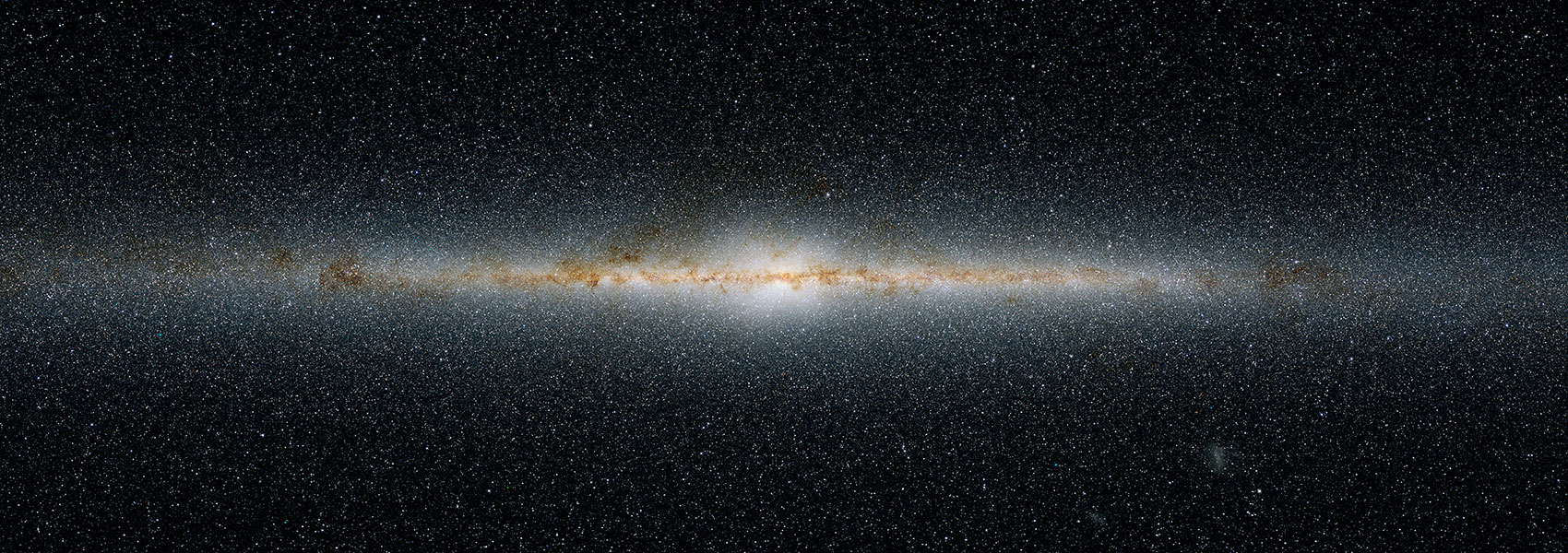June
2019
•
2019AJ....157..215S
Authors
•
Street, R. A.
•
Bachelet, E.
•
Tsapras, Y.
•
Hundertmark, M. P. G.
•
Bozza, V.
•
Dominik, M.
•
ROME/REA
•
MiNDSTEp Teams
•
ROME/REA Team
•
Bramich, D. M.
•
Cassan, A.
•
Horne, K.
•
Mao, S.
•
Saha, A.
•
Wambsganss, J.
•
Zang, Weicheng
•
MiNDSTEp Team
•
Jørgensen, U. G.
•
Longa-Peña, P.
•
Peixinho, N.
•
Sajadian, S.
•
Burgdorf, M. J.
•
Campbell-White, J.
•
Dib, S.
•
Evans, D. F.
•
Fujii, Y. I.
•
Hinse, T. C.
•
Khalouei, E.
•
Lowry, S.
•
Rahvar, S.
•
Rabus, M.
•
Skottfelt, J.
•
Snodgrass, C.
•
Southworth, J.
•
Tregloan-Reed, J.
Abstract
•
We report observations of the binary microlensing event OGLE-2018-BLG-0022, provided by the Robotic Observations of Microlensing Events (ROME)/Reactive Event Assessment (REA) Survey, which indicate that the lens is a low-mass binary star consisting of M3 (0.375 ± 0.020 M ⊙) and M7 (0.098 ± 0.005 M ⊙) components. The lens is unusually close, at 0.998 ± 0.047 kpc, compared with the majority of microlensing events, and despite its intrinsically low luminosity, it is likely that adaptive optics observations in the near future will be able to provide an independent confirmation of the lens masses.
Links




